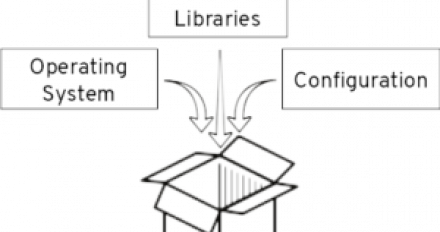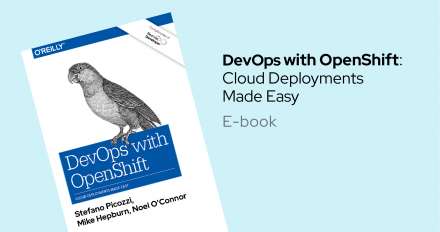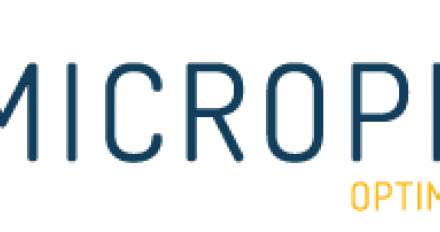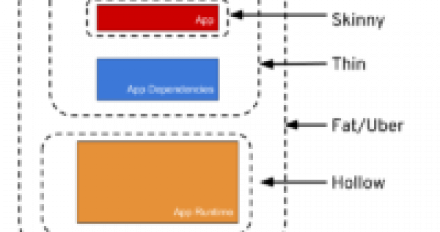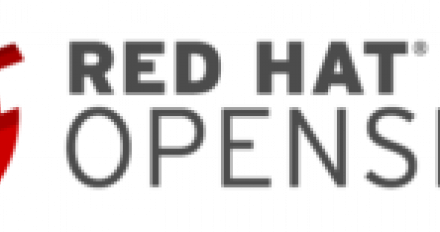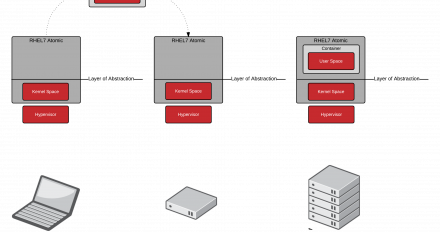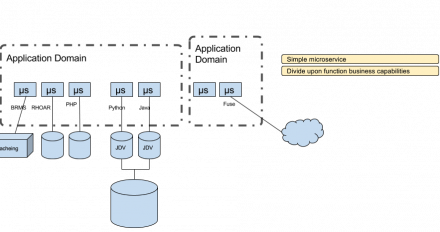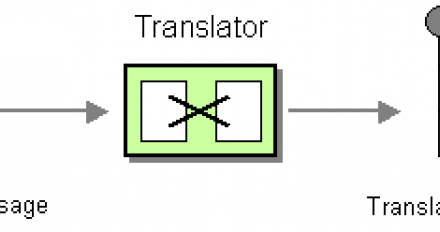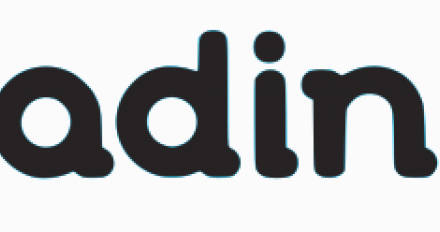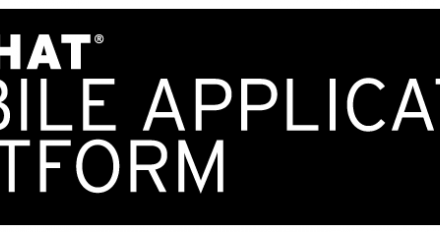Creating a simple MicroProfile-based microservice and deploying it to OpenShift Container Platform Eclipse MicroProfile is an open source specification for Enterprise Java microservices. It is a community of individuals, vendors, and organizations collaborating and working on innovative microservices patterns for Enterprise Java within the context of modern development, architectures, and underlying infrastructures, e.g. health checks, fault tolerance, metrics, and security propagation within a cloud environment. Its first release was based on 3 Java EE JSRs/libraries/APIs, but this does not necessarily...

